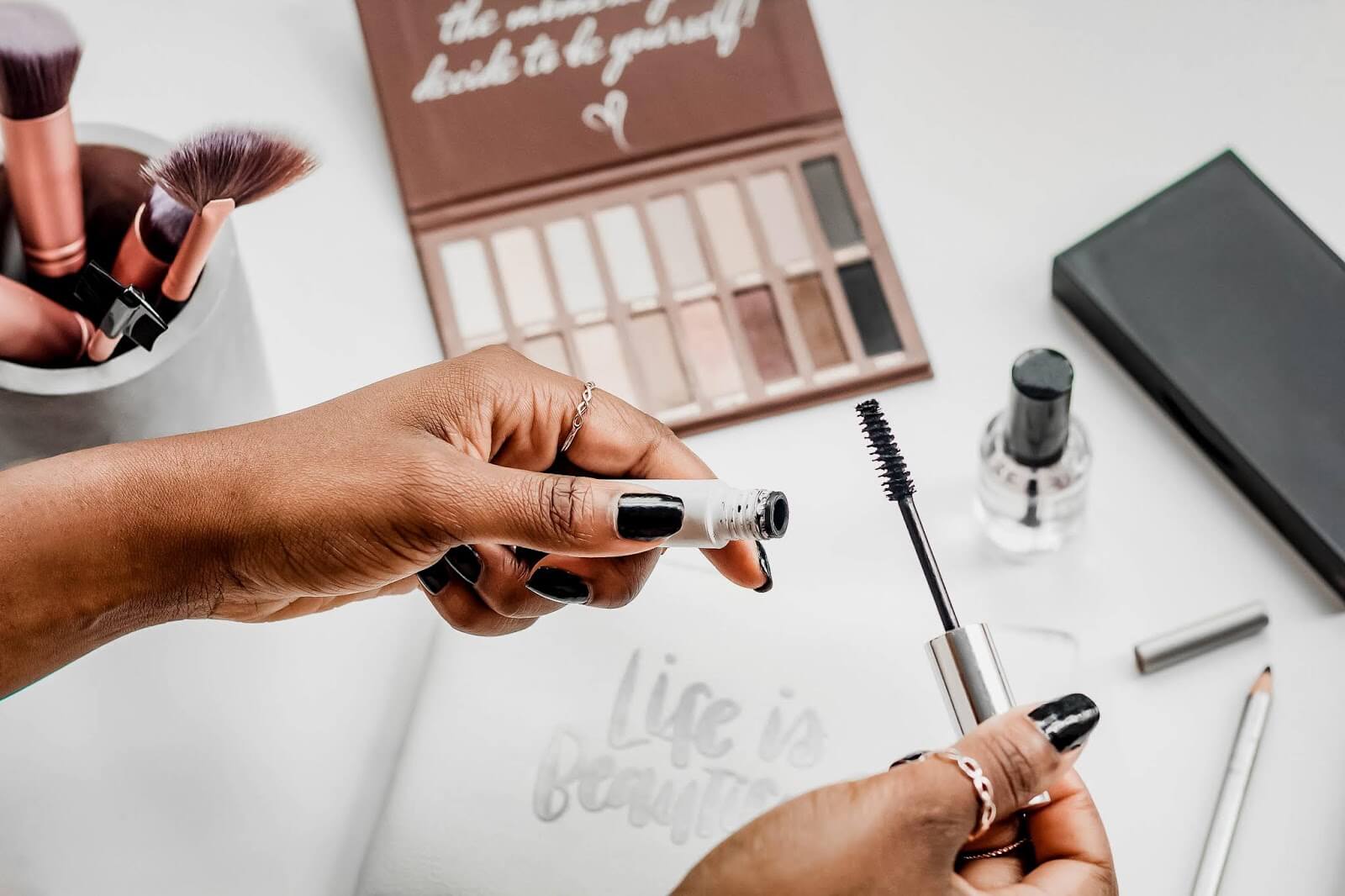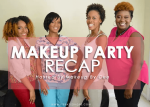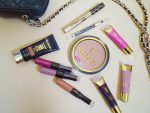
Sometime after turningthirty, my makeup became less effective at making me look refreshed. Oh no, wasit time to start slathering ten different concealers and baking my under-eye area?
Emily Sher, Today Style Editor, dropped two major beauty bombs thatspurred me to get serious about reading and understanding makeup and skincareproduct labels.
- Beauty products don’t have to be approved by the FDA before hitting store shelves.
- The FDA does not have the power to recall beauty products. They can only request and assist with a recall.
This means that theresponsibility is on us, the consumer, to do our research.
So, in my search tocreate a beauty routine that made my skin look better (with and withoutmakeup), I discovered the clean beauty movement.
ASE Beauty, ablack-owned clean beauty company,says, “Clean beauty is a growing movement for creating skincare and beautyproducts with ingredients scientifically assessed to ensure they do not pose arisk to human health or the environment.”
Black-owned cleanbeauty skincare creator Dr. Anne Beal clarifies that,“Clean beauty is a term used todescribe products made without ingredients that have negative health effects.It is not the same as “organic,” “all-natural” or “plant-based.” Clean beautyspecifically refers to using ingredients (both natural and man-made) that aresafe, non-toxic, and do not cause harm.” (heart&soul, 2020)
How to be savvy about reading beautylabels?
First off, you need toturn the bottle around, sis. Everything on the front is marketing speak. “all-natural,”“synthetic-free,” and “eco-friendly” are non-regulated terms that don’t meananything.
The back label is whereall the product tea is spilled. This article covers fragrances, parabens, andphthalates.
Fragrances
You’re in the store lookingfor a new product and what’s one thing you do? Pop the cap and take a sniff.Sure, you want the product to work, but you also want to smell good. Companiesknow this, so they invest a lot into creating signature fragrances that youlove and remember.
So you turn to the backof the label and you read ‘fragrance.’ One word. No explanation. That’s because‘fragrance’ is not an ingredient; it is a trade secret. Companies are notrequired to disclose what those ingredients hiding behind one word are.
Leading clean beauty scientist Dr. Nicole Acevedo says, “Some common cosmetic ingredients,such as preservatives, antioxidants, chemical UV filters and even fragranceadditives can disrupt our natural hormone system or release carcinogens thatcan unintentionally harm our health.” (ASE Beauty, 2018)
If you have allergies orsensitive skin, going for fragrance-free products is one easy way to be savvyabout reading beauty labels.
Paraben and Phthalates
Parabens arepreservatives that extend the product’s shelf life. Dr. Beal says exposure toparabens results in Black women having more uterine fibroids and moreaggressive types of breast cancer. Black and Latin women have paraben levels4-8 times higher than the general population.
Switching to cleanbeauty products is especially important to Black women because over 75% ofproducts marketed to Black women have ingredients classified as toxic.(heart&soul, 2020)
Phthalates make productsfeel silky and smooth. However, phthalates may be endocrine disruptors. Meaningthey might interfere with hormone levels.
The Personal Care ProductsCouncil (PCPC) told Today.com that “At this time, the FDA doesn’t have any informationshowing that cosmetics containing phthalates and parabens are harmful toconsumers when the products are used as intended.”
PCPC is the leadingnational trade association representing cosmetic and personal care productscompanies and serving as the voice on scientific, legal, regulatory,legislative and international issues for the $488 billion global industry.
Ingredient ranking
The last thing you needto know about the basics of understanding beauty product labels is that theingredients are listed in order. So, if the front label reads “with cocoabutter” but cocoa butter is listed last, then it’s not a significant element inthe product’s formulation.
NOTE FROM EDITOR: If you look at a bottle of Minute Maid Fruit Punch, it reads ‘100% Natural Flavors’. What the hell are these natural flavors? Surely, it’s not the 5% juice blend they mention. lol. Sorry, it’s not the natural flavors from the “fruit”.


